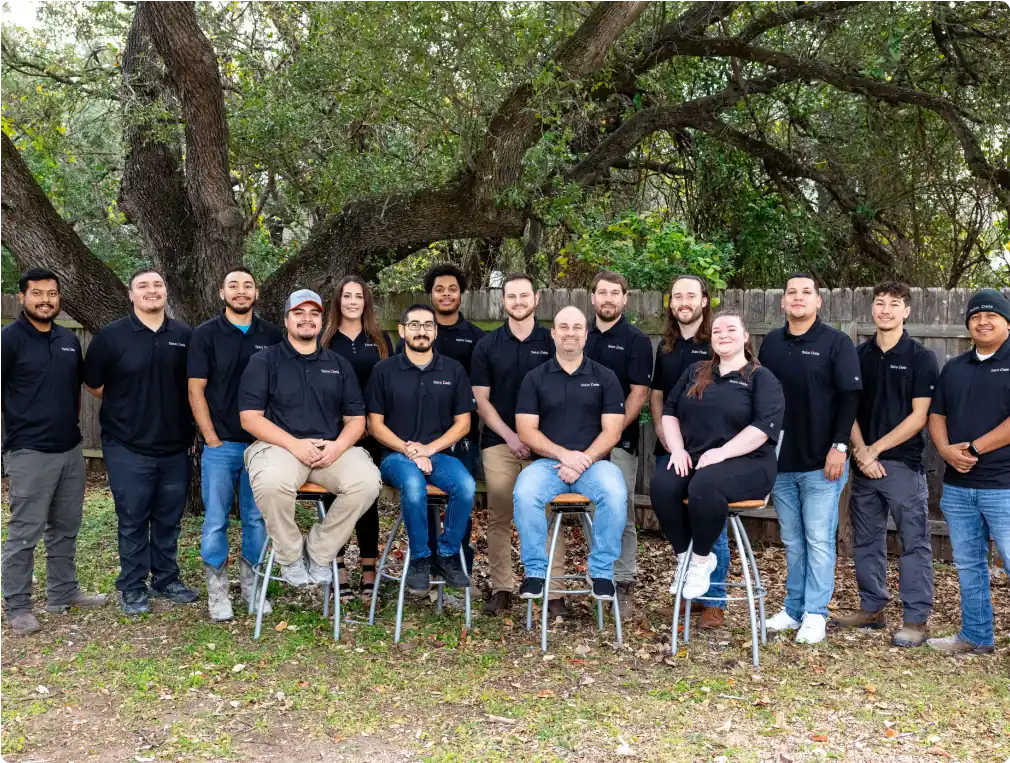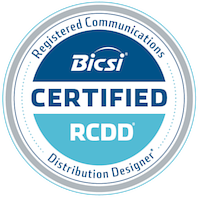EXPERT STRUCTURED CABLING AND MORE
Our Services
Telco Data has been Austin’s top structured cabling company for over 20 years – we have worked with businesses all over the Austin area to provide a variety of connectivity and optimization solutions, including phone systems, internet and voice services, sound masking, and so much more.
Jump to a Service
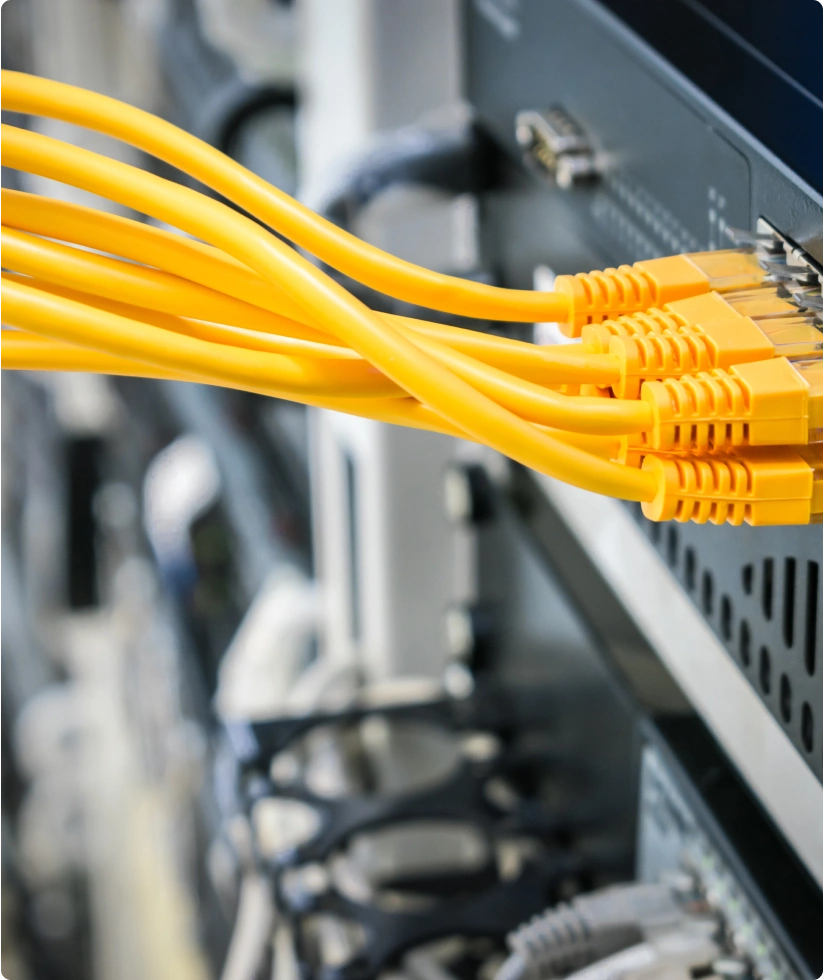
- Structured Cabling
Fiber Optic, Voice & Data Network Cabling
Telco Data provides full-service structured cabling solutions, giving you the peace of mind of knowing that one team of experts is by your side through consultation, quoting, design, and installation management.
Our network cabling services result in systems that are not only cost-efficient, saving your company time and resources, but also beautiful and organized.
STRUCTURED CABLING SERVICES
- CAT6 and CAT6A
- Single-Mode and Multi-Mode Fiber
- Campus Backbones
- Demarc Extensions
- Wire Basket Tray Installations
- Audio Visual (A/V)
Audio Visual Installation & Optimization
No matter the level of audio and visual support you require, Telco Data can help. We are able to take on jobs of any size, from simply laying the foundation and letting your AV team take care of the rest, to performing full revamps with consultation, design, and installation.
We aim to pave the way for your office to reach optimal technology efficiency.
AUDIO VISUAL SERVICES
- TV and Projector Mounting
- Microsoft Teams and Zoom Rooms
- Restaurant and Hospitality Solutions
- Room Schedulers
- AV Over IP Systems
- Sound Masking
- Audio and Video Conferencing Solutions
- Bring Your Own Device (BYOD) Solutions
- Direct View LED
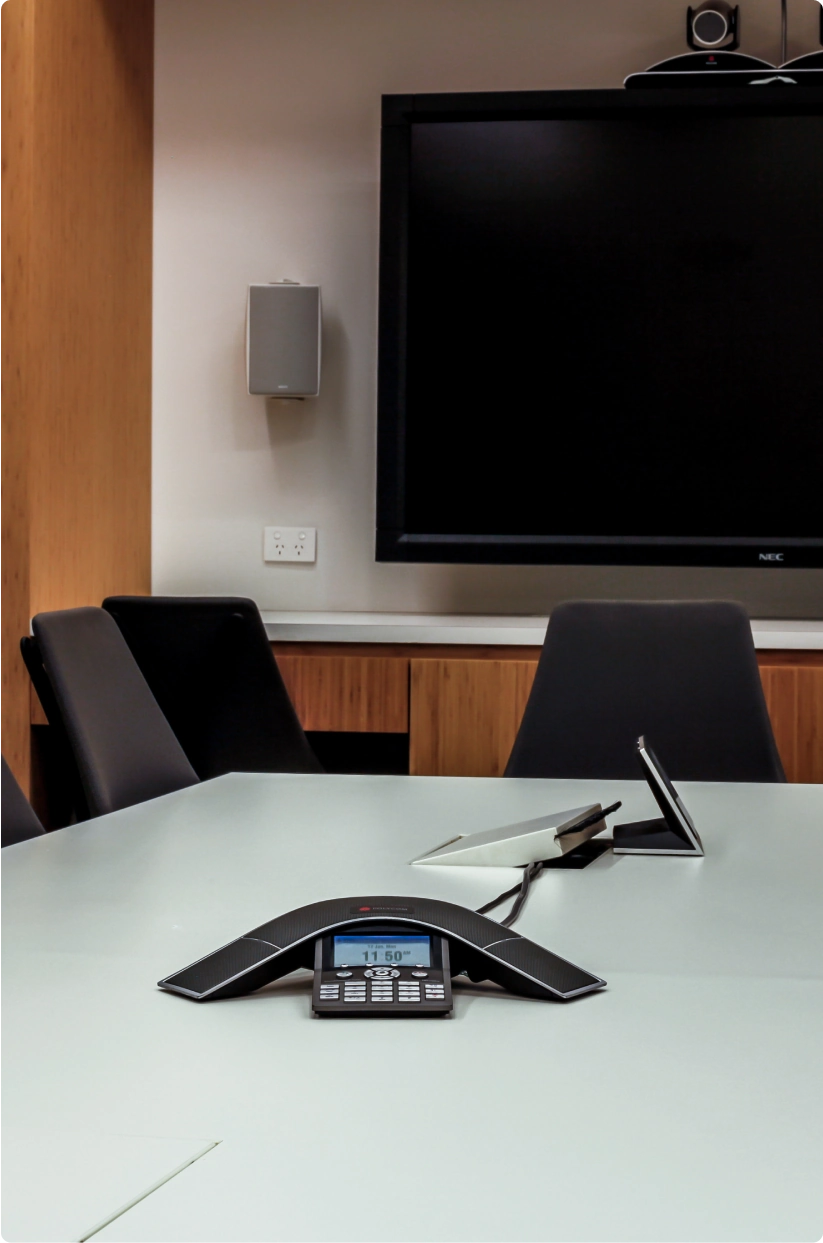
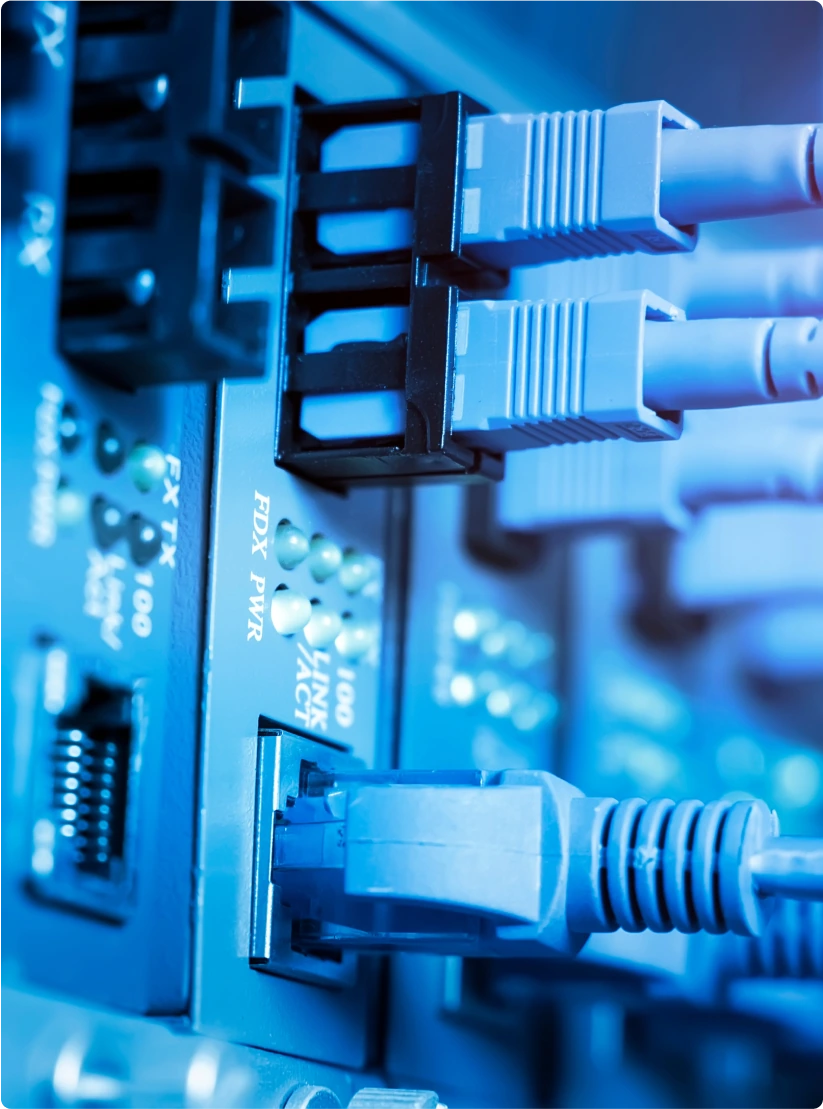
- Voice & data
Voice & Internet Carrier Services
Over our decades in business in Central Texas, Telco Data has created and maintained close relationships with voice and Internet providers like Astound, Spectrum, Lumen, Comcast, and AT&T.
Not only are we able to get you great rates, we’re experienced in functioning as your representative to the provider, leveraging our partnerships and streamlining communication to reach swift problem resolution.
ISP CONNECTION SERVICES
- Data Center Connectivity
- Dedicated Circuits
- Cloud Services
- CCaaS and UCaaS
- And More!
- Phone systems
VoIP Solutions for Businesses
Your business’ success relies on the connections you forge with people. Let Telco Data ensure the strength, quality, and efficiency of those connections with cloud-based and premise-based VoIP systems.
We offer a variety of systems, configurations, and integration solutions, so no matter the size or needs of your organization – we make it happen.
VoIP SERVICES
- RingCentral
- Nextiva
- Vonage
- Dialpad
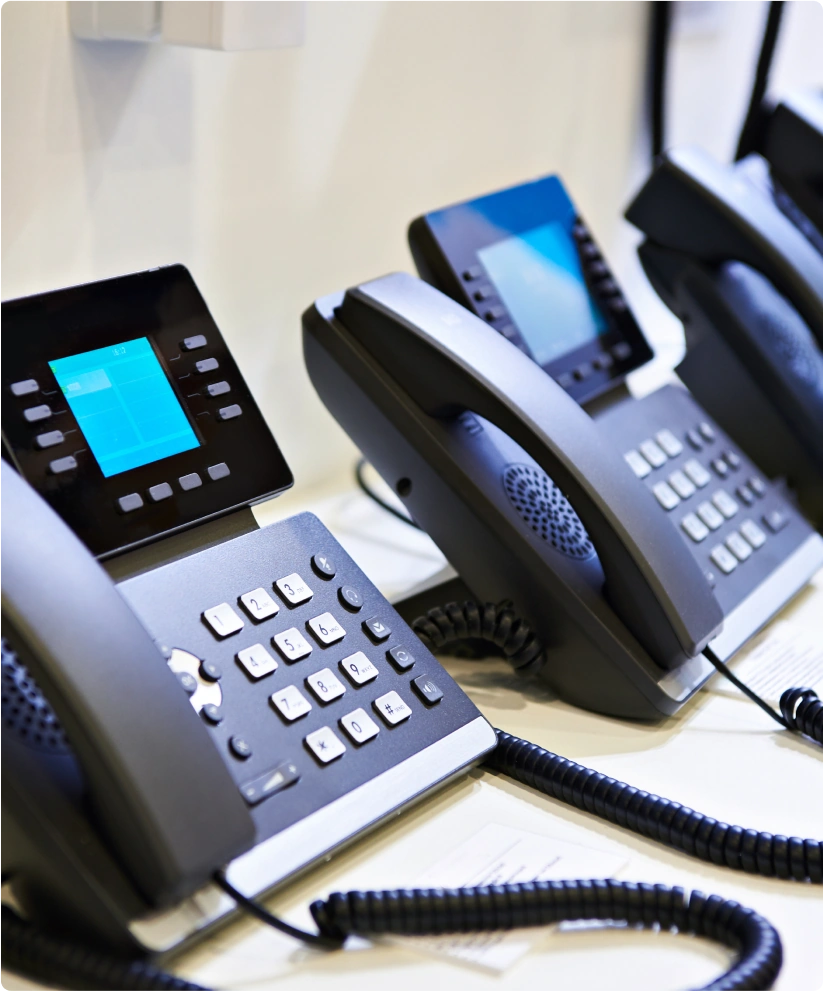

- Cell Signal Boosting
Phone Signal Boost Solutions
The cell service in your office building should be the least of your concerns. If you frequently experience issues with service, or want to secure a continuously strong signal, reach out to us today about WilsonPro.
Telco Data works directly hand-in-hand with WilsonPro’s engineering team to design and install booster systems that bypass any interference, ensuring smooth, high-quality phone calls.
CELL SIGNAL BOOSTING SERVICES
- On-Site Consultation
- Custom Solution
- Installation Management
- Ongoing Maintenance
- High-Quality Technology
- And More!
- Sound Masking Systems
Sound Masking System Design & Installation
Sound masking systems are an excellent way to increase privacy around meeting and boardrooms, promote an environment of focus around the office, and make employees feel more comfortable in their work environment.
Telco Data custom designs sound masking systems using industry-leading materials from Cambridge, Atlas, and Lencore, giving you the highest quality at every step of the process.
SOUND MASKING SERVICES
- On-Site Consultation
- Custom Solution
- Expert Installation
- White Noise, Paging, and Music Capabilities
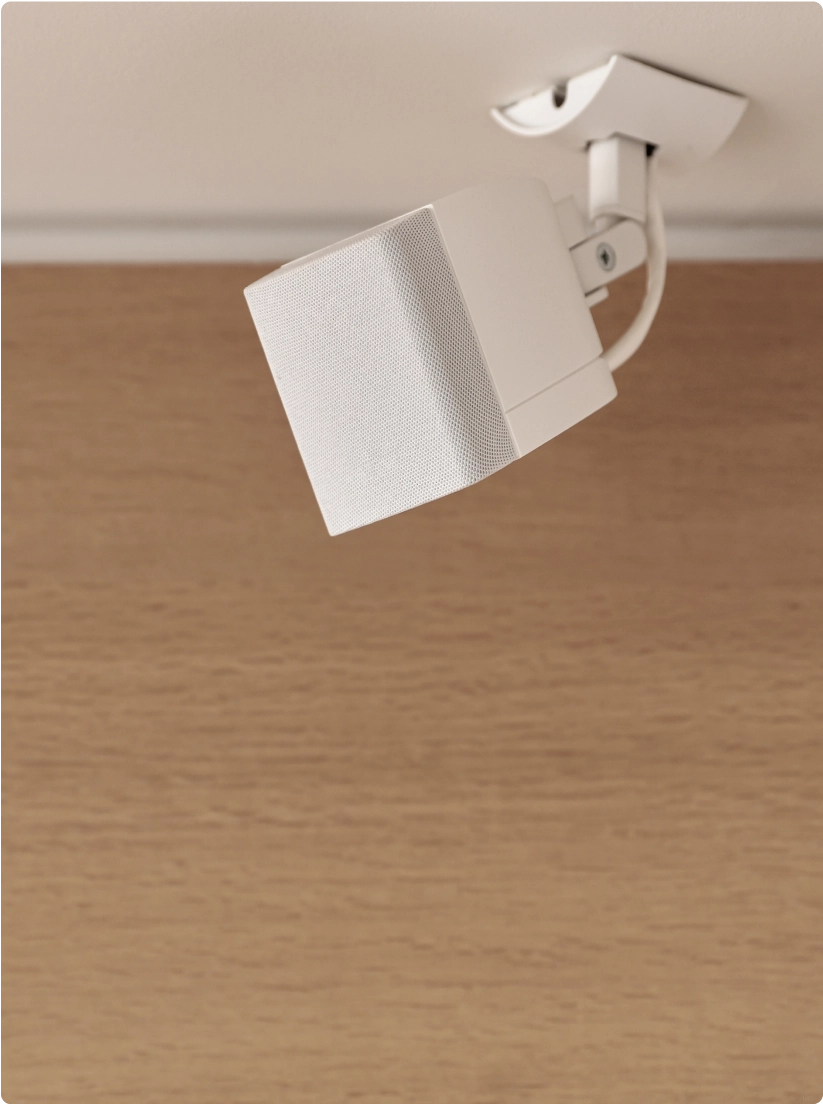
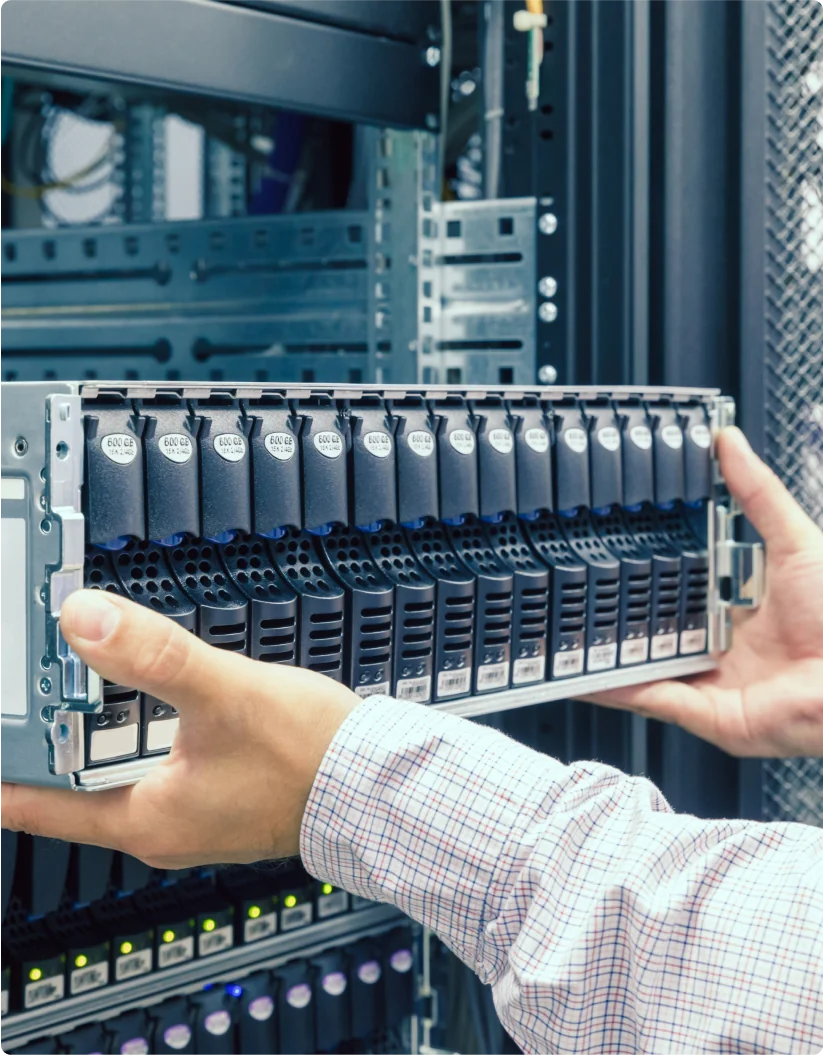
- Server Racking & Patching
Data Center Setup & Optimization
Whether you just moved in, or are simply looking for a refresh, Telco Data’s team is able to provide server room or data center setup and optimization services for projects of various sizes.
We function as a support to your IT team, saving time, stress, and labor – they’ll walk into a server room that is fully ready to fire up.
SERVER AND DATA CENTER SERVICES
- Server Racking
- 1:1 Patching
- VLAN Matrix Patching
- Equipment Relocation
- Server Room Cleanup
- And More!

